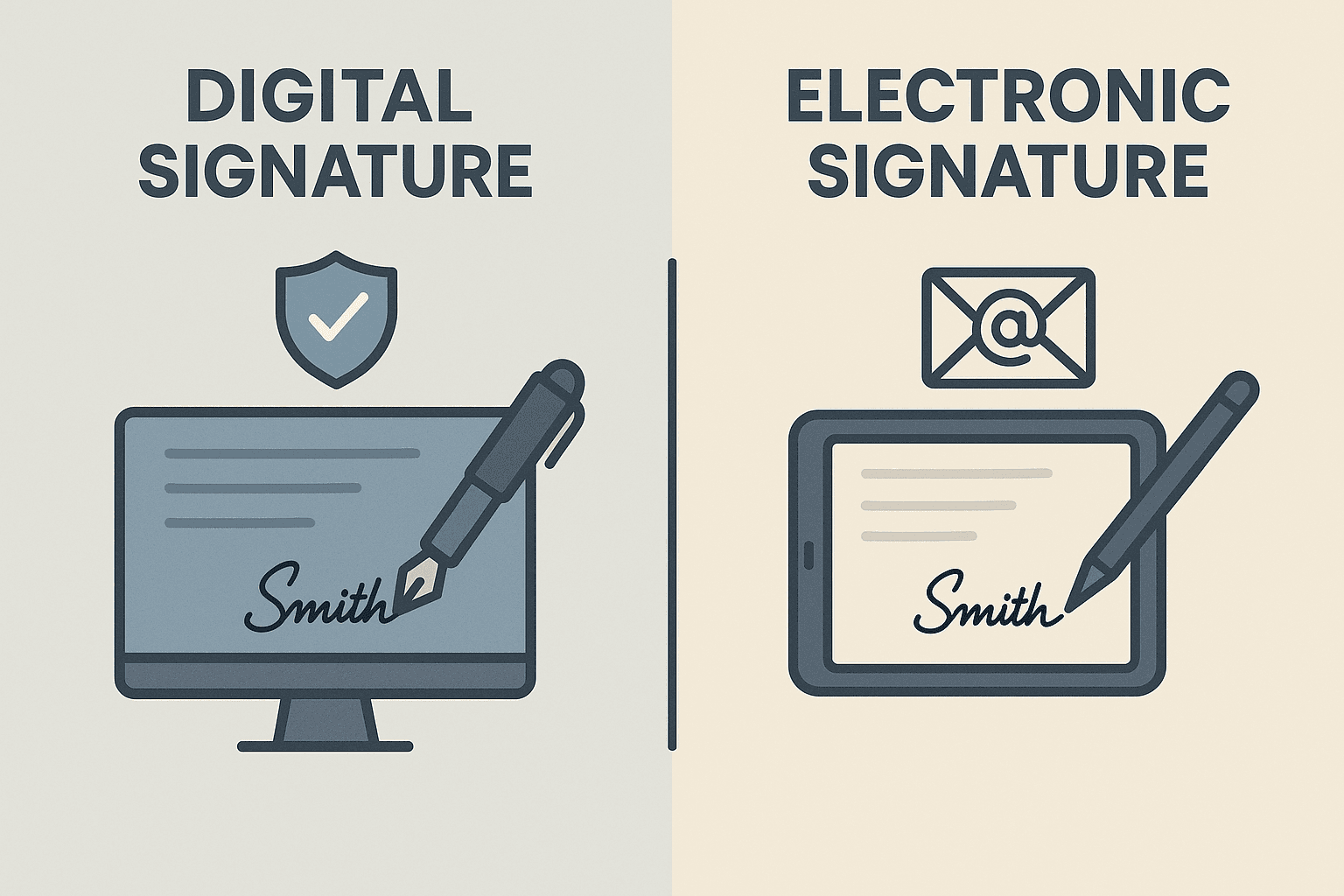WhatsApp or email with our sales team or get in touch with a business development professional in your region.
how to submit a digital signature





How to Submit a Digital Signature: A Step-by-Step Guide
In a world that’s rapidly becoming paperless, the importance of knowing how to submit a digital signature has never been greater. Whether you’re signing a legal contract, submitting a business proposal, or giving consent for important transactions, digital signatures streamline the process and improve efficiency across various industries.
This guide will help you understand what a digital signature is, why it’s essential to comply with local regulatory frameworks, and how to properly submit your digital signature—particularly if you are operating in Hong Kong or Southeast Asia.
What is a Digital Signature?
A digital signature is a secure and legally recognized form of electronic identification. Unlike a simple scanned handwritten signature, digital signatures use encryption through Public Key Infrastructure (PKI) to ensure authenticity, integrity, and non-repudiation of documents.
They are often confused with electronic signatures, but while all digital signatures are electronic, not all electronic signatures are digital in nature. The key differentiator lies in security and verification protocols.

Key Legal Considerations in Hong Kong and Southeast Asia
Before submitting your digital signature, it’s vital to understand local regulatory terminology to remain compliant. In Hong Kong, for example, digital signatures are governed under the Electronic Transactions Ordinance (Cap. 553) which legally recognizes digital signatures supported by a recognized certificate authority (CA).
Similarly, countries like Singapore operate under the Electronic Transactions Act, while other Southeast Asian nations, such as Malaysia and Thailand, have their own certification schemes and legal frameworks. Failure to comply with local digital signature laws can invalidate your contracts or attract legal penalties.
Therefore, selecting a digital signature platform that adheres to regional compliance, such as eSignGlobal, becomes a critical part of the submission process.
How to Submit a Digital Signature in 5 Easy Steps
1. Choose a Legally Compliant Digital Signature Provider
First and foremost, select a digital signature provider that matches the legal standards of your jurisdiction. Ensure the service supports encryption, secure storage, user authentication, audit trails, and complies with local digital signature laws.
Providers like eSignGlobal are tailored for markets in Hong Kong and Southeast Asia, offering regionally compliant digital certificate authorities and audit mechanisms.

2. Upload the Document Requiring Signature
After setting up your account, upload the document that you need to sign digitally. This can be a PDF, Word document, or a specialized form, depending on the provider’s supported formats.
Most platforms offer drag-and-drop functionality, secure cloud upload, or email-triggered document input.
3. Add Signature Fields and Assign Recipients
Using the platform’s interface, select where on the document your digital signature should appear. You may also assign multiple signatories and set the signing order (sequential or parallel).
Enter the email addresses of all participants, and the system will prompt them for identity verification before allowing access to the document.

4. Sign the Document Using Digital Authentication
To sign the document, participants must authenticate themselves—either through a password, OTP (one-time passcode), digital certificate, or biometric identification depending on the regional compliance requirements and service provider’s features.
Once the identity is confirmed, the signer can place their digital stamp on the designated field.
In platforms like eSignGlobal, the digital signature is embedded with encrypted metadata including timestamp, geolocation, IP address, and certificate authority ID—ensuring full traceability.
5. Submit and Store the Digitally Signed Document
After all signatories have completed the signature process, the document is automatically locked to prevent further editing. A completion certificate or audit trail is typically generated.
You may then download the signed document, share it with stakeholders, or store it securely in the platform’s encrypted digital vault.
Storing your signed documents securely is vital for regulatory audits and legal disputes.

Additional Tips for Efficient Digital Signature Submission
- Multiple Formats: Verify whether your digital signature solution supports multiple file formats.
- Audit Trails: Always download the audit trail for record-keeping purposes.
- Time Zones: Be aware of time zone differences when setting deadlines for multinational teams.
- Mobile Access: Choose a platform that allows mobile signing, especially if your collaborators are frequently on the move.
- Certificate Renewal: Keep track of your digital certificate’s expiry date, and renew it on time.
Why Digital Signature Compliance Matters
Using non-compliant digital signatures can:
- Render contracts legally void
- Lead to the rejection of submitted documentation
- Trigger regulatory fines (especially in jurisdictions that recognize only certified signature types)
That’s why platforms designed specifically for regions like Hong Kong and Southeast Asia are a safer choice for professionals and businesses.
Common Use Cases for Digital Signature Submission
- Government license applications
- Bank forms and financial disclosures
- Real estate contracts
- Academic transcripts and diplomas
- NDAs and vendor agreements
- HR onboarding documents
Digital signatures help streamline workflows, reduce paper usage, and provide a legally verifiable record of approval or consent.

Final Thoughts
Submitting a digital signature is more than just a modern convenience—it’s a necessity for legally binding documentation in today’s digital economy. Remember, however, that regional laws vary. What works in the U.S. under UETA or ESIGN Act may not be accepted in Hong Kong or Southeast Asia unless the digital signature meets local compliance regulations.
That’s why choosing a dependable and locally compliant digital signature solution is non-negotiable.
Looking for a DocuSign Alternative in Hong Kong or Southeast Asia?
If you’re located in Hong Kong or other Southeast Asian countries and seeking a DocuSign alternative that offers regional legal compliance, look no further than eSignGlobal. Specifically tailored for APAC legal frameworks, it provides secure, fast, and government-recognized digital signature solutions that businesses can trust.

Whether you’re a small business owner, legal professional, or enterprise organization, eSignGlobal offers you the confidence of legality, the convenience of cloud technology, and the efficiency of automation—all in one secure platform.
Start your digital signature journey today and future-proof your document processes.

Shunfang
Head of Product Management at eSignGlobal, a seasoned leader with extensive international experience in the e-signature industry.
Follow me on LinkedIn
Get legally-binding eSignatures now!
30 days free fully feature trial
Business Email
Get Started
 Only business email allowed
Only business email allowed
Latest Articles
Does using electronic signatures save revenue stamp tax (Shunyuzei) in Japan?
Is it legal to use cloud-based signatures instead of Hanko in Japan?
How to collect legally binding signatures from employees in China?
What are the requirements for an electronic invoice (e-Fapiao) signature?
How to automate sales contracts for a manufacturing business in China?
Can I use WeChat to legally sign a loan agreement?
How to verify if a Chinese electronic contract has been tampered with?
What is the best way to sign NDAs remotely with Chinese partners?


